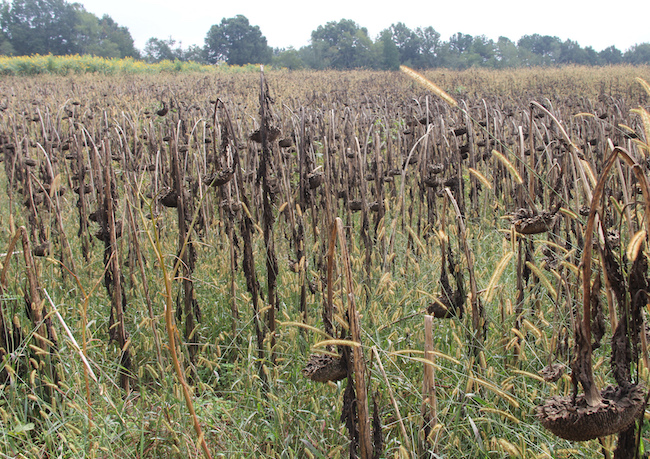Opening day of dove season is a little over two months away, so it’s time to start planning for and planting dove fields.
A prudently planned dove field can provide family entertainment and economic benefits through most of the dove season, which starts Sept. 2. Field owners can often charge $25 to $75 per hunter each day for use of the field, depending on the field’s size and what is planted in it. On the other hand, hunters should be cautious of so-called “dove fields” that are filled with pigweed and sicklepod. Field owners can make additional income by harvesting the field after the hunt for silage or hay.
Dove fields should be at least 5 acres in size. Unlike most other wildlife management practices, it is essential to minimize the edges within a dove field, so rectangular fields are better than irregularly shaped fields. Doves are visual creatures and require large, open areas to see oncoming predators. Rectangular fields offer the greatest amount of visibility.
The field owner must also consider the field’s longevity, or the length of time it’s to be used during dove season. Crop variation, both in species planted and planting dates, provides the greatest opportunity to extend the use of a field over the full dove season. Larger fields afford greater opportunities for planting variation, but, with a little creativity and field manipulation, even the smallest fields can offer season-long dove hunting.
Often plants like corn, sorghum, milo, millet, sunflowers and sesame are planted for dove fields. It is very important that the plant matures at the right time to maximize doves’ presence in the field. Therefore, it is essential to pay attention to the maturity date of the plant being cultivated. If the plant takes 60 days to mature, or produce a seed head, then it needs to be planted at least 70 days before it is to be used during the dove season. Planting a variety of plants, or the same plant at different times, extends the usefulness of a field and provides diversity for the doves’ diet. Planting a combination of different plants also provides some insurance against crop failure.
After the crop has reached maturity, it is essential to get seeds on the ground. Doves require seed-to-soil contact in order to forage. The field owner should mow the field, with the mower set as close to the ground as possible, 10 to 14 days prior to hunting. This allows enough time for birds to find the seed and begin to use the field. Mowing in strips or a checkerboard pattern puts some seed on the ground and leaves the rest of the seed for a later date.
Dove field management is perhaps one of the easiest wildlife management strategies that can be put in place with basic farm equipment. Doves are migratory birds, so it is not likely that a bevy of them will stay in one place very long. However, doves do tend to return to the same area each season, with larger concentrations inhabiting the most attractive places. Local attention to the basic needs of these migratory birds will greatly increase the chances of successful dove hunting opportunities and can potentially provide revenue for the owners of properly managed fields.
In Georgia, the 2017-2018 mourning dove season runs from Sept. 2 to Sept. 17, 2017; Oct. 14 to Nov. 2, 2017; and Nov. 23, 2017, to Jan. 15, 2018.




